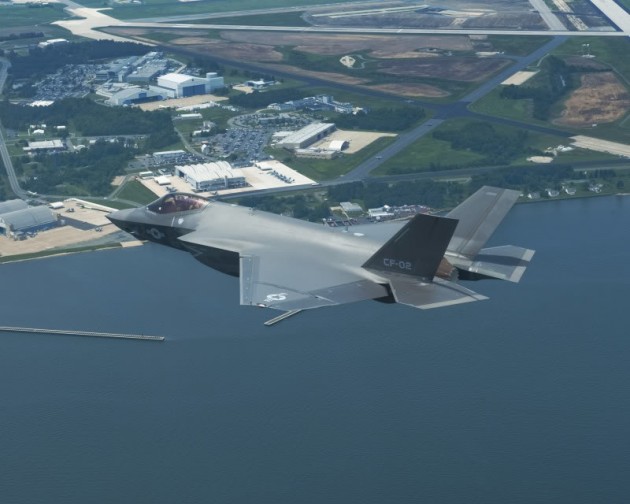F-35, Prompted By PRC Stealth Jets, Others, Starts Next-Gen Threat Planning
Posted on
 WASHINGTON: The F-35 is barely out of the stable and hasn’t been ridden hard yet, but the Pentagon is already beginning work on the next generation of improvements to the Joint Strike Fighter, with a close eye on the Chinese J-20 and J-31 stealth aircraft — and other capabilities.
WASHINGTON: The F-35 is barely out of the stable and hasn’t been ridden hard yet, but the Pentagon is already beginning work on the next generation of improvements to the Joint Strike Fighter, with a close eye on the Chinese J-20 and J-31 stealth aircraft — and other capabilities.
Frank Kendall, the Defense Department’s head of acquisition, told reporters that the foreign program partners and the United States have begun discussions about planning upgrades to the aircraft and its weapons systems. The partner nations — Australia, Canada, Denmark, Italy, the Netherlands, Norway,Turkey, the United Kingdom — met this week to discuss the program and Kendall was briefing us on the meetings.
Kendall has been pushing work on this — and on the early work for a sixth generation fighter (whatever that will be) — for more than year, when he pushed DARPA to set up its air dominance initiative. When it was announced it sounded more like a study group — big brains trying to come up with glimmers of what the next threat would be and how to counter it. DARPA put eight program managers from a wide variety of areas to work with Air Force and Navy experts.
But Kendall’s comments yesterday — though they were fairly thin on details — seemed to indicate that the appearance of the two Chinese aircraft in less than two years, combined with other technologies the Chinese, Russians and other possible competitors are hard at work on, has prompted the program to step up its efforts to ensure the F-35 has the right mix of weapons, software, Electronic Warfare capabilities and processors.
When I asked him about this. Kendall said the US and its partners are looking at what comes after Block 3F, the final software version the Navy is waiting for before it declares its version of the JSF, the F-35C, ready for combat. That version will includes the full version of the plane’s much-touted “fusion engine,” designed to take all sensor and threat data and make sense of it.
“We’ve got to be thinking already about the next round of improvements once we get to block 3F,” Kendall told me. “This is,” as all who follow this know, “a game that never ends.”
In other comments, Kendall largely repeated that the program is on track to deliver aircraft to all three services for their Initial Operating Capability dates. The Block 3F software is about six months behind schedule and Kendall and program head Air Force Lt. Gen. Chris Bogdan said they plan to do their utmost to press Lockheed to catch back up in the three-plus years before the Navy’s IOC date in late 2018.
Kendall also mentioned the possibility of a multi-year purchase of F-35s, but made clear this would not happen until after the plane reaches full production, as is standard for the US military.
Subscribe to our newsletter
Promotions, new products and sales. Directly to your inbox.

